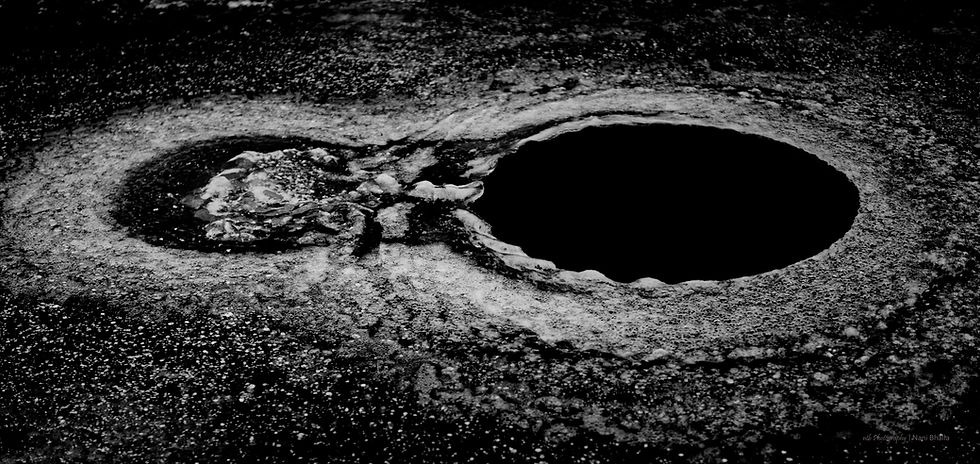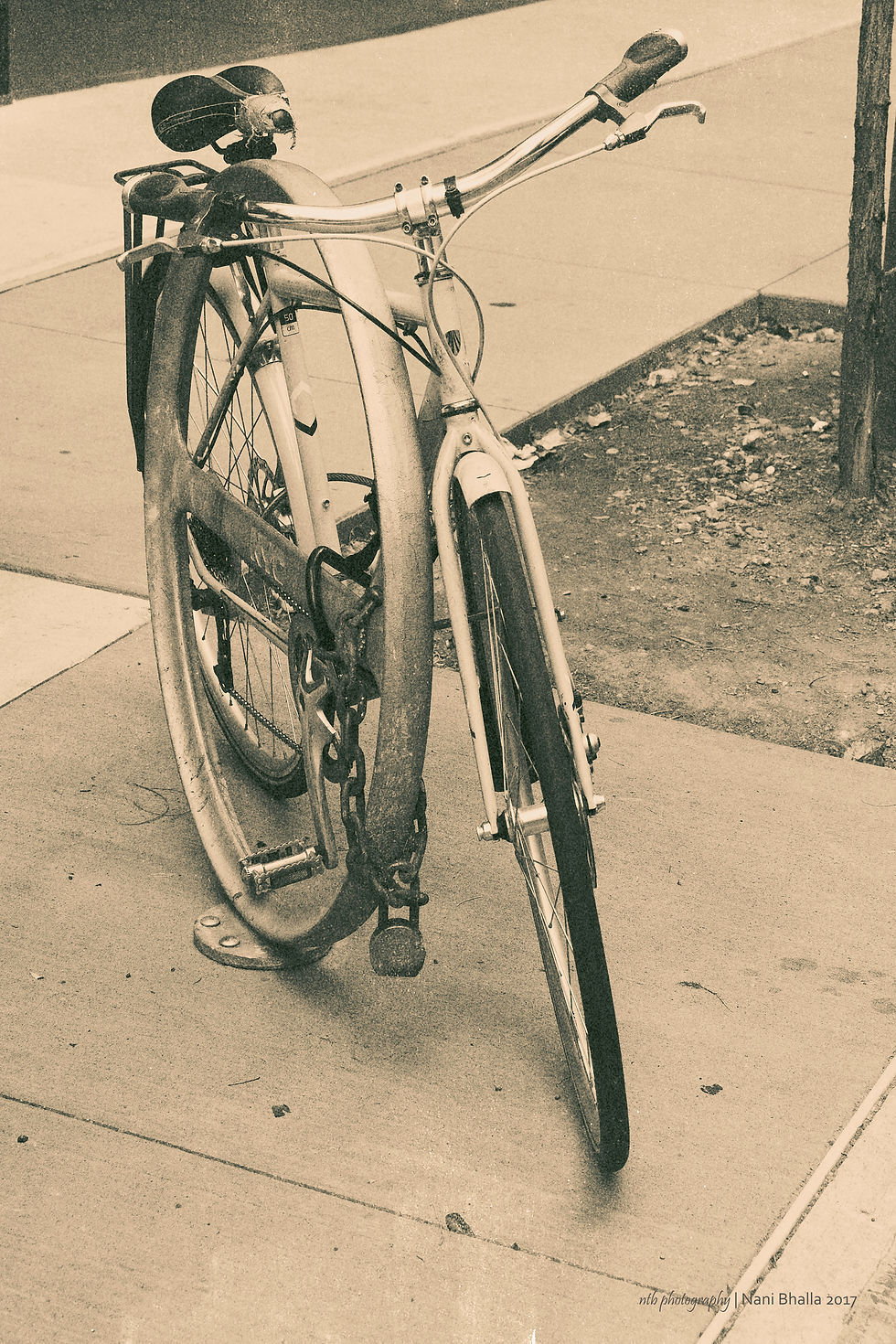Getting it Right in Camera and Image Post Processing
- Nani Bhalla
- Dec 16, 2018
- 4 min read
Updated: Dec 17, 2018

So here is a question that comes up very often - Do I need post processing software if I "get it right in the camera from the get go?" The short answer is "yes!" For the long answer continue to read on. I will say that I was a complete disbeliever in post processing and was the guy who said, you don't need photoshop if you get it right in camera. I had one major reason for this: I did not know how to use photoshop well. Even today I am not an expert in post processing software, but I have recognized it's necessity in my daily workflow; and yes "My name is Nani, I am photographer, and I use post processing software." Now my use is not so much an addiction as it is a way to improve the images. Also, when I refer to post processing, I am not referring to creating composites, or changing backgrounds, etc. Those, to me, are the creative elements of post processing software; and for these post processing is an absolute necessity. Here I am referring to the basic reasons to use post processing software. But don't get me wrong here - it is still very important to get it right in camera. Post processing software cannot make a poor image perfect. And as someone who still shoots a lot of film, it is important to get it right in camera and have a solid foundation for this thing we call "photography." I am no longer in the wet darkroom, and my film is professionally processed by the folks at North Coast Photographic Services in Carlsbad, CA and from there I have a digital workflow, with scanning the negatives, and then using post processing software. I also do a lot of print work, which means, again, it is important to understand the principles of photography, and to imagine your photograph as a print from the very first shutter release. And folks, in the wet darkroom days (which, by the way, seem to be making a bit of a comeback) we still did a lot of post processing - dodging, burning, highlighting, air brushing … And we all made many prints (called test prints) of a single image before we had a print we could bring out to the public. For those of us who grew up shooting film, or are shooting film currently, it is important to have our ducks in a row before engaging the shutter. If you live in the digital world solely, you still have to make every effort to get the best photograph in camera. Nonetheless, post processing is important in the digital world for many reasons. These have to do with the inability to get a sharp image even with the best focus (even with the best digital sensors); color saturation and vibrancy are not the same as you see with your naked eye; dust and spots will always appear in your photographs despite having the cleanest optics; the exposure and tonality will not always be perfect, because the auto or programmed digital white balance is far from perfect (hence the use of gray card or expo discs (from expo imaging) for me). So my recommendation is to get yourself familiarized with one of the many postprocessing software out there, if you want to take your craft seriously. But at the same time do your best to get the best photograph in camera. What does this mean? Here are a few basic elements to think of: Lighting, shadows and highlights (get yourself familiar with reading histograms); hard light or soft light; location of the subject and what are the distracting elements around the subject; angle of the camera relative to the subject; depth of field (what do you want in focus in the foreground and background, vs. a bokeh effect); get the best focus possible (and don't rely on the small screen on the back of the camera - you could be off significantly on the focus and that tiny image will still look great, until you bring it onto the screen and see the reality), so use the best camera holding technique, and never be ashamed to use a tripod. A general rule of thumb for hand holding is to keep the shutter speed faster than the inverse of the focal length of the lens (faster than 1/200th of a second when shooting with a 200mm lens, as an example). If you frequently print - then imagine the print as you compose and shoot the photograph. Frankly, if you can get yourself to the point of thinking about every photograph you take as a finished print, you will invariably move a lot closer to getting it right in camera. Computer screens are very forgiving; prints are not!
As an example - the image on top was straight out of camera and a bit of a crop in post processing in Lightroom. The one below has had some selective sharpening, contrast and selective exposure adjustment, and selective enhancement of the left eye. They were both edited in raw and converted to jpeg for uploading. I hope you can see the difference.




Comments